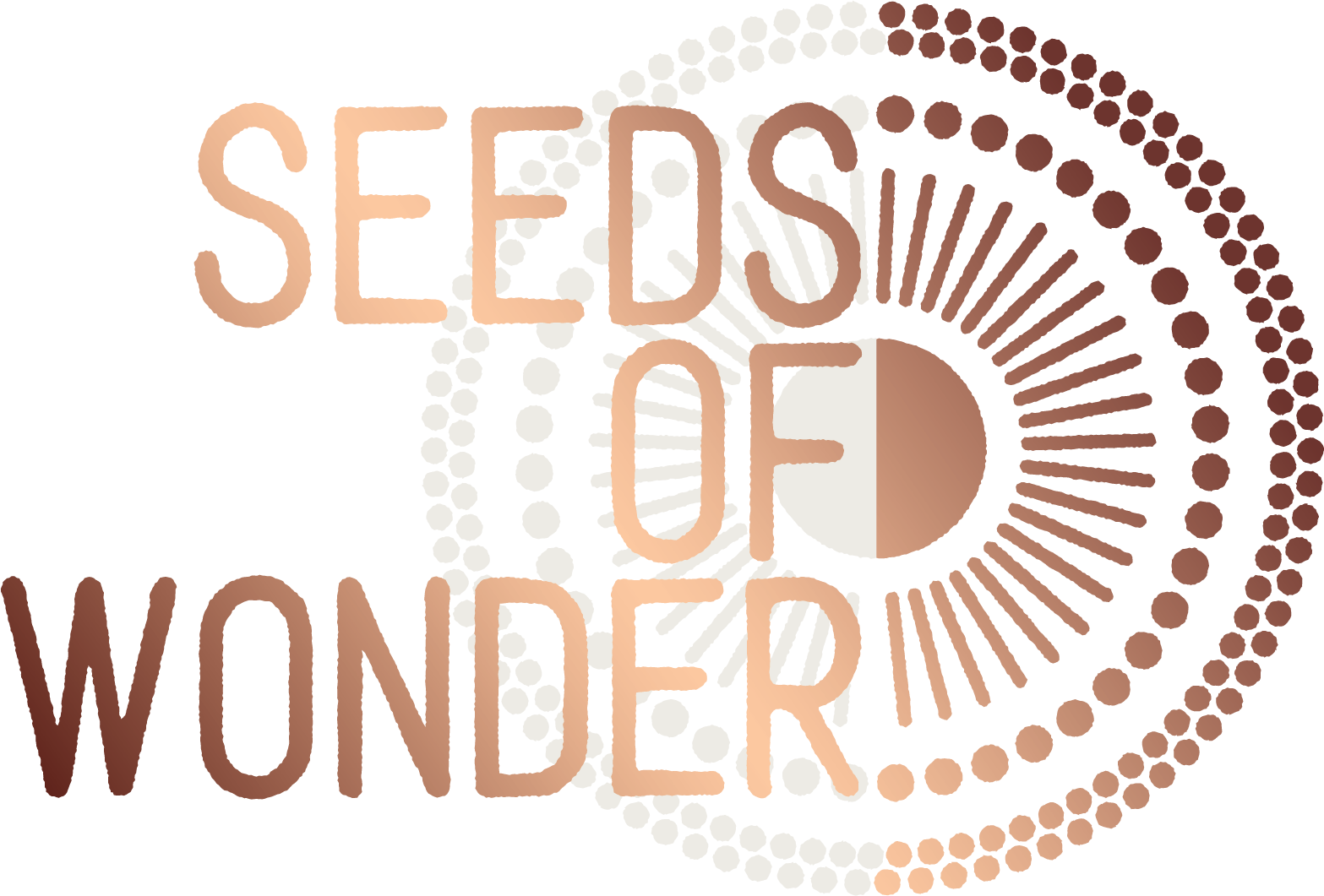Practicing the Niyamas in your daily life
Not very much is known about the yoga sage Patanjali. He did, however made an invaluable contribution to yoga as we know it today. He spoke of the eight limbs or branches of yoga – also known as ashtanga (Asha means eight while anga means limb). By following these eight branches of yoga we are guided to lead a more authentic and purposeful life.

Niiyama, the second branch, focuses on yourself and your own personal and spiritual growth.
The Niyamas encourage us to look inward. ‘Ni’ means inward or within. It is about how you behave when you are the only witness to it. The Niyamas are practices of self-training. Rather than being cautions of what to avoid like the Yamas, the Niyamas are guidance on things that you should do in order to obtain enlightenment and have a deeper spiritual connection with the divine.
The Niyamas are intended to be a part of your personal practice. By practicing the Niyamas you explore yourself (your physical form or ego-self) in order to find yourself (your higher self or the divine within you).
Here is an explanation on what the Niyamas are and how to bring them into your everyday life.
Purity or cleanliness (Saucha)
This refers to cleanliness of body, mind and spirit. Impurities in your environment and in your internal body can affect your state of mind and hinder you in your spiritual path.
Saucha refers to cleanliness of everything you put in your body and the energy that you surround yourself with. It encourages you to keep a non-judgmental mindset. Instead of seeing things as toxic, rather focus on things that nourish your mind, body and soul. This includes your environment, the activities you engage in and the people you surround yourself with.

You can practice Saucha at home by cleansing the air and energy through smudging and getting rid of anything that you no longer use or that causes clutter. A clean and clear physical environment leads to a calmer mind.
Start to pay attention to your thoughts and words, both their intentions and the effect that they have on you and others. Your thoughts and your words have immense power and just by changing them you will start to see massive shifts in your life.
To purify your body and mind you can practice yoga, pranayama and meditation. When you pursue Saucha, you not only let go of anything that is impure, but you also create a purer starting point each time you do asana, meditation or pranayama practice. If you absorb impurities between practices those impurities need to be released during your next practice. This essentially puts you back a few steps and slows down your progress.
There are seven cleaning rituals stipulated in the Hatha Yoga Pradipika to physical cleanse your body. These should be done under the guidance of an experienced practitioner or yoga teacher until you are comfortable with doing it by yourself.
- Neti – nasal cleansing.
- Dhauti – cleaning your digestive tract.
- Nauli – abdominal massage or churning.
- Bhasti – colon cleansing.
- Kappalabhati – ‘shining skull breath’ purifies and vitalises your frontal lobes.
- Trataka – cleanses the eyes and third eye.
Contentment (Santosha)
Contentment refers to going with the flow and accepting the present moment. When you reject the present moment, you reject the essence of the universe in that instant. It calls for us to let go of our need to control or approve of a situation. It is about finding a deep inner peace that is constant and unaffected by your thoughts and external circumstances.
By being content in the present moment – whatever that moment looks like – does not necessarily mean that you accept poor behaviour from other people or that you need to be stuck in a negative situation. It definitely does not mean that you need to engage in spiritual bypassing and fall into the trap of positivity. It means that you become aware of the situation and accept it for what it is while taking actions to improve your future moments.
Santosha encourages you to pay attention and acknowledge things in your life that you might be avoiding. It pushes you to look at yourself in order to heal. Carl Jung referred to this as shadow work.

You can bring Santosha into your life by starting to pay attention to things in your life that you might be avoiding. This could be something as simple as admitting that you need to rest, or to eat less sugar, or that you need to get that thing done that you have been putting off for too long. It could be bigger things like letting go of harmful people. Or looking at your own toxic thoughts and behaviours. The key here is to observe without judgement. Without labelling it as good or bad. It is about seeing things as they truly are in order to make better choices in the next moment… and the next…
By practicing Santosha, you cultivate contentment, and let go of wishing things were different, even when things are not ideal. You will become more grateful and appreciative of the blessings in your life. This will invite more joy and happiness into your life.
Discipline, burning desire or burning of desire (Tapas)
Tapas means fire or to burn. It refers to your internal fire or light. It is the drive that pushes us to do something that we know is good for us, even when we don’t particularly feel like doing it. When your will power clashes with the desires of your mind it creates a fire within you. This fire is said to burn and balance mental and physical impurities. It is believed that by practicing tapas you can release kundalini and attain enlightenment. While tapas purifies you, it also helps to create conscious awareness of your unconscious and conditioned behaviour.
Through practicing tapas you become disciplined in not escaping from reality. You face your truth and make choices that encourage wellness and growth.
Tapas also means austerity – a burning enthusiasm. This enthusiasm can burn away obstacles that might be standing in your way of discovering and understanding our universal nature.
Tapas brings you back to the mat (even on the days that you don’t feel like it) and encourages you to practice the eight limbs of yoga in your life every day. It is in practicing tapas that you fuel your body with good, wholesome foods or go to bed early so that you can get up in the morning to practice your asanas.
Spiritual exploration, self-study or self-reflection (Svadhyaya)
Svadhyaya refers to the independent study of spiritual texts. It also refers to introspection. Sva means ‘self’, dhy means ‘meditation’ and ya is a suffix that implies and action. It is about taking what you learn, meditating on it and finding it inside yourself or implementing it in your life. It encourages the belief that we always have more to learn – that we are eternal students.
Far from just studying spiritual texts, Svadhyaya also points to studying of the self; to do introspection and honestly look at ourselves. It is the ability to see our shortcomings and to improve ourselves and to grow into better human beings. By quietly sitting with ourselves we become aware of our conscious and unconscious thoughts, feelings and actions. Here we can be honest with ourselves and sit in true vulnerability. That vulnerability – and the acceptance thereof can become our greatest strength and lead us to a deeper connection with the divine. It removes the idea of you being separated and encourages you to accept and merge into the universal oneness.
You can bring Svadhyaya into your modern life by studying the ancient spiritual scriptures and working the teaching into your life. If people like Einstein and Tesla were inspired by the Vedas, imagine what you might discover!
Besides the spiritual scriptures, any pursuit of gaining knowledge that will help you dig deeper into yourself and connect more with yourself is a practice of Svadhyaya. You can check out some books I recommend here.
Surrender to the divine or higher power (Isvarapranidaha)
Isvara refers to the personalised side of the infinite or the collective consciousness. It is the ‘you’ that you recognise. Isvarapranidaha is about allowing yourself to let go and embrace the uncertainty that comes in when you do not know what is going to happen next. Everything you know is in the past. The present moment holds nothing but uncertainty – and in that lays the potential to transform and heal.
Isvarapranidaha is the practice of connecting with the divine or collective consciousness. It is dedicating your practice (and in fact all actions) to the higher power. Some call it god, or the universe or source. It is the eternal flow of energy that encompasses everything we see… and everything we don’t see. It releases us for our ego-selves and helps us to connect to that higher ‘something’.
When you live a life that is an offering to all things you allow yourself to experience a oneness with the universe.
The Niyamas hold the power to help you transform your life. They help you to create the space where you let go of everything that is not true or honest, or that is slightly superficial. They enable you to delve deep into your soul… and the soul of the universe. Through practice and discipline, you will find yourself slowly unfurling like a flower blooming in the early spring. Once you start practicing the Niyamas, and consistently implementing them into your life you will start to realise that you are connected to an infinite amount of energy and have the potential to live a life that is calm and balanced and infused with joy and bliss.
The thing about the yoga journey is that the deeper you go, the more you discover about yourself, others and the universe. The more you discover, the more you realise you can go even deeper. When you get to the point where you think that you have achieved spiritual awareness, you really are just at the very beginning of your journey. To dig a bit deeper into yourself, yourself and the universe, take a look at some of these books.
If you would like some tools to help to achieve deeper meditations or deepen your yoga practice, see what I recommend here.






